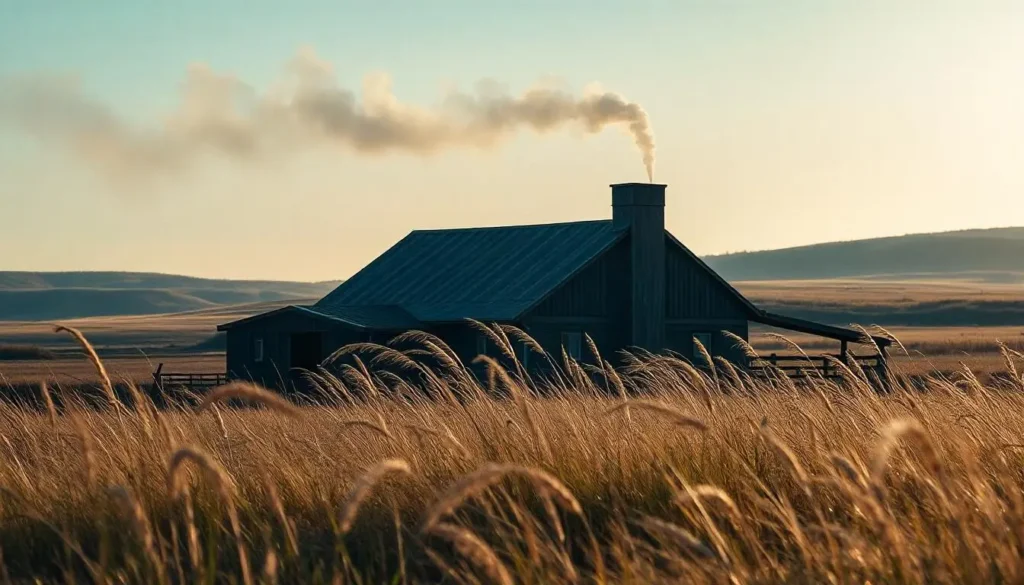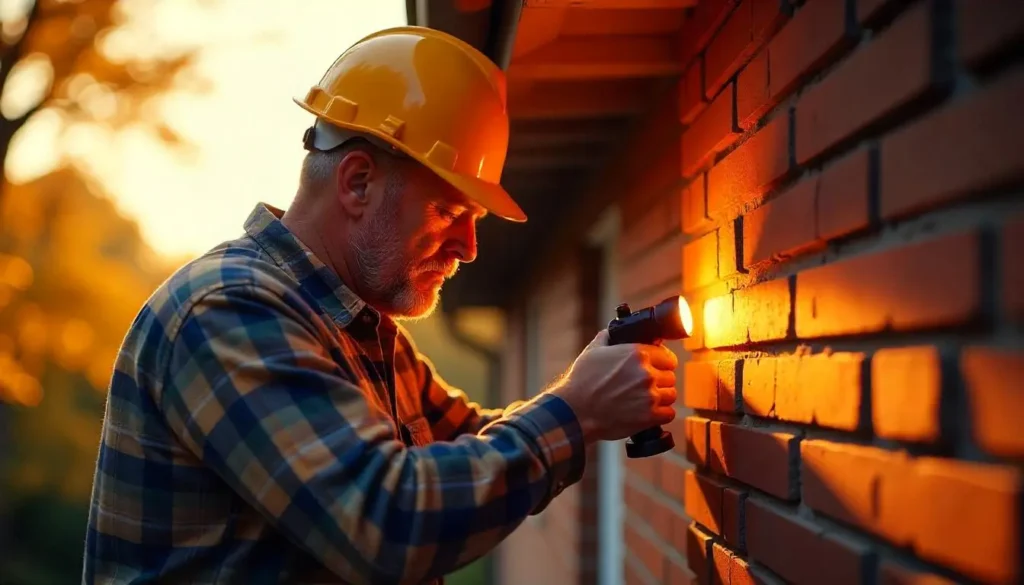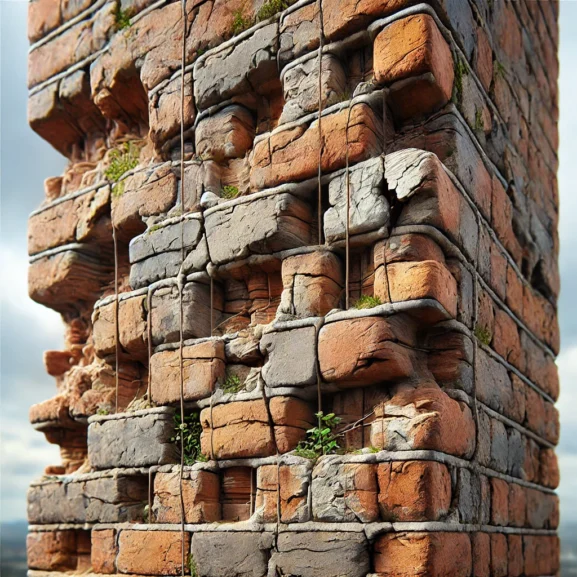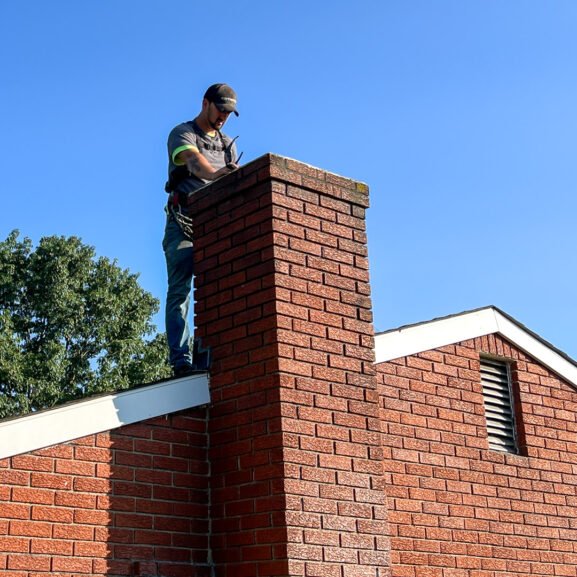Prevent Chimney Smoke Blowing Back into Homes During Windy Conditions: Tips and Solutions
We’ve all enjoyed the cozy warmth of a fireplace on a chilly evening, but what happens when that comforting glow turns into a smoky nightmare? Chimney smoke blowing back into our homes during windy conditions is a common yet perplexing problem. Not only does it disrupt our relaxing moments, but it also poses health risks and potential damage to our living spaces.
Understanding why this happens is crucial for homeowners looking to maintain a safe and pleasant environment. In this text, we’ll explore the factors that cause chimney smoke to backdraft and share practical solutions to keep our homes smoke-free. From chimney design to weather influences, we’ll cover essential insights to help us enjoy our fireplaces without the unwanted smoke. Let’s jump into the details and ensure our cozy nights stay just that—cozy and smoke-free.

Understanding Chimney Backdraft: Causes of Smoke Entering Your Home
Chimney smoke entering a home during windy conditions is both annoying and concerning. The potential causes for this backdraft range from changes in atmospheric pressure to obstructions in the chimney.
Atmospheric Pressure Changes
Atmospheric pressure plays a significant role in chimney functionality. When outdoor wind patterns change, such as during cold fronts, they can create pressure differences that send smoke back into the home. Consider it nature playing a game of “reverse parking.”
Wind effects on chimneys cause low pressure often near the top, leading to poor draft problems. When outdoor pressure is higher than indoor, chimney smoke struggles to escape, resulting in backdraft issues. This can especially impact residential chimneys during fall and winter storms. For more on maintaining indoor air quality, visit the National Association of Chimney Sweeps.
Inadequate Chimney Height
A chimney that’s too short is basically a playground for smoke backflow. This flaw interferes with proper airflow and enhances the likelihood of smoke entering living spaces. Insufficient chimney height can prevent flue gas from rising efficiently—think of it as a slide that’s too gentle to actually slide down.
Homes often face unique zoning and construction challenges affecting chimney height. A legal increase in chimney height can make a difference for efficient smoke escape. For detailed standards, read more at NFPA’s fireplace safety guidelines.
Blockages Or Obstructions In The Chimney
Blockages act like a roadblock on a five-lane highway for your smoke. Leaves, birds’ nests, or soot can clog up a chimney fast, stopping its ability to vent properly. This unwanted disruption causes poor indoor air quality and can lead to smoke inhalation risks.
Impact Of Wind On Chimney Performance
Windy conditions can significantly impact chimney smoke patterns. Understanding the effects of wind helps ensure a safe, cozy home.
Direction And Speed Of Wind
Wind direction and speed are key in how chimney smoke behaves. When wind hits a chimney at high speeds or specific angles, it can create backdraft issues leading to smoke backflow. Imagine a powerful breeze deciding to reroute your chimney smoke back inside—definitely a guest we don’t want. Faster wind speeds often increase the likelihood of smoke entering the home, disrupting ventilation and causing draft problems. Our suggestion? Consider a chimney cap to minimize these surprises.
Want to know more? reach out to professionals for consultation.
Downdraft Effects During Windy Conditions
Downdrafts caused by high winds can push flue gas and smoke back down chimneys. These unwelcome guests can affect indoor air quality, leaving you with a smoky surprise. When downdrafts are combined with low chimney design or airflow issues, the situation worsens, notably in the stormy fall and winter seasons.
Wind-driven rain often accompanies downdrafts, creating further chimney maintenance challenges. Establishing effective chimney design and maintenance reduces these effects.
Troubleshooting And Inspection
Effective troubleshooting is key when chimney smoke starts misbehaving and blowing back into our homes. Let’s look at some common areas to investigate.
Checking For Chimney Blockages
Blockages play a big role in causing that pesky backdraft. Our feathery friends and debris can easily make your chimney feel cozy. A quick inspection often shows the culprit, like a bird’s nest or leaves. Using a flashlight, we can spot these blockages. A professional check ensures safety—no one wants to play peek-a-boo with a raccoon up there.
Regular chimney cleaning prevents backdraft and improves combustion efficiency. For unique challenges like fall leaves, regular checks are essential. Remember, chimney maintenance isn’t for the faint-hearted.

Assessing Chimney Design And Structure
Chimney design is crucial for proper smoke escape. Often, a chimney too short or narrow can cause smoke backflow during windy conditions, especially with gusty winds. Many older homes may not meet the optimal design standards, which affect draft problems and airflow issues.
Evaluating the overall structure helps detect old age or damage. Focusing on proper height and flue size ensures good home ventilation. If it’s sounding like a game of Jenga, call us to avoid a smoky tower collapse.
Solutions To Prevent Chimney Smoke Issues
When chimney smoke backdrafts during windy conditions, it can create indoor air quality concerns and discomfort. Let’s explore some solutions to keep your home smoke-free.
Installing A Chimney Cap
A chimney cap can be your chimney’s superhero. It blocks out-rain and prevents wind from pushing smoke back into your home. Plus, it keeps debris and critters out—because who needs squirrels roasting marshmallows in their chimney? Chimney caps come in various styles to fit your home’s design and are effective in reducing smoke backflow. By adding this simple device, the airflow issues can be decreased significantly. Don’t let wind-driven rain ruin your fireplace fun.
Improving Ventilation And Draft
Proper ventilation ensures smoke escapes efficiently. This involves assessing the chimney height and flue size to match your fireplace’s needs. A well-ventilated chimney allows optimal draft, making sure smoke goes up and out—not back in. Enhancing ventilation can also improve combustion efficiency, keeping your fires burning bright and clean. Consider upgrading or adjusting your chimney’s design if smoke escape is an issue. Remember, effective chimney design is key to maintaining air pressure balance.
Professional Chimney Inspection Services
Professional chimney inspections are crucial in identifying potential problems. Experts can check for blockages and draft problems caused by debris or improper design. Regular inspections address any airflow issues before they become smoke inhalation risks. In areas, where seasonal debris is common, this service is even more essential. Our team offers thorough inspections and maintenance to keep your chimney in top shape.
Ensuring Safe and Efficient Chimney Function
Addressing chimney smoke backdraft issues is crucial for maintaining a safe and comfortable home environment. By understanding the role of chimney design, height, and regular maintenance, we can effectively mitigate the risks associated with windy conditions. Installing a chimney cap and ensuring proper ventilation are practical steps we can take to prevent smoke from entering our homes. Let’s not overlook the importance of professional inspections to identify and resolve potential problems. Together, we can ensure that our chimneys function efficiently, providing us with warmth and safety throughout the colder months.
Frequently Asked Questions
What causes chimney smoke backdrafting during windy conditions?
Chimney smoke backdrafting happens when outdoor wind patterns create pressure differences, causing smoke to flow back into the home. Factors like inadequate chimney height, chimney design flaws, atmospheric pressure changes, and blockages can contribute to this issue. High winds can force flue gases down the chimney, especially when combined with low chimney designs or airflow issues, leading to indoor air quality concerns.
How can I prevent smoke from entering my home through the chimney?
To prevent smoke backdrafting, consider installing a chimney cap, which can block wind and rain while keeping debris out. Ensure the chimney height and flue size are adequate for efficient smoke escape. Regular professional chimney inspections can identify and solve potential issues like blockages or draft problems.
Why is a chimney cap important for preventing smoke issues?
A chimney cap serves multiple purposes: it prevents rain from entering the chimney, blocks wind from pushing smoke back into the home, and keeps debris and animals out. This simple addition can significantly improve airflow and reduce the chances of backdrafting, enhancing overall chimney performance.
What role does chimney height play in preventing backdrafting?
Chimney height is crucial for proper ventilation and draft. An inadequate height can hinder the efficient escape of smoke, leading to backdrafting issues. Ensuring the chimney is tall enough prevents smoke accumulation and improves airflow, reducing the likelihood of smoke entering the home during windy conditions.
Why is regular chimney maintenance important?
Regular chimney maintenance helps identify potential problems like blockages, draft issues, or structural concerns that can lead to backdrafting. Professional inspections can ensure that your chimney operates efficiently and safely, especially in areas prone to seasonal debris. Regular maintenance keeps your chimney functioning properly, preventing smoke problems.
How can local homeowners learn more about chimney safety?
Homeowners can explore resources like the Chimney Safety Institute of America for detailed insights into fireplace and chimney safety. Additionally, seeking a professional consultation or inspection can provide tailored advice to ensure your chimney is well-maintained and operates safely.

